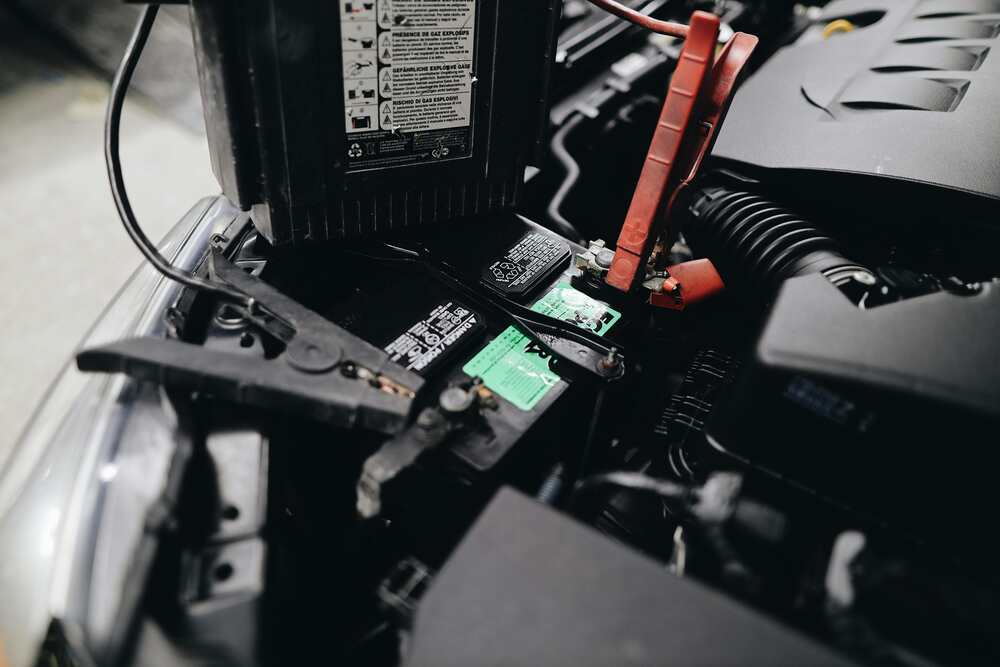If you’re wondering how to check my car for faults, you’re in the right place! Keeping an eye on your vehicle is super important. Regular checks can save you from unexpected breakdowns and costly repairs. So, let’s get into the simple steps you can take to check your car and keep it working properly.
How do check my car?
Start with the basics
When you think about how to check my car, the first thing you want to do is give it a good look over. Check for any obvious issues. Look for scratches, dents, or anything unusual on the bodywork. Are the lights working? You can do this by turning on the headlights, brake lights, and indicators. If something isn’t working, it’s a good idea to get it fixed soon. You can book us for a basic car service.
Check the fluid levels
One of the easiest ways to check my car for faults is to check the fluid levels. Your car has several fluids that keep it running properly. Here’s what you should look for:
Engine oil: Pull out the dipstick, wipe it clean, and insert it back in. Then pull it out again to see if the oil level is between the marks. If it’s low, add some oil to keep your engine happy.
Coolant: Open the hood and check the coolant reservoir. It should have a minimum and maximum line. If it’s low, top it up with a 50/50 mix of water and coolant.
Brake fluid: Check the brake fluid reservoir, usually found near the back of the engine bay. If it’s low, it might indicate a leak or worn brake pads.
Transmission fluid: This is usually checked with the engine running. If it’s low, you might need to add some.
Power steering fluid: Make sure this fluid is at the correct level, too. It helps with steering.
Keeping an eye on these fluid levels is a key part of how to check my car for faults.
Look at the tyres
Next, don’t forget to check your tyres. They are crucial for safety and performance. Make sure they are properly inflated. You can find the correct tyre pressure in your owner’s manual or on a sticker inside the driver’s door. Use a tire gauge to check the pressure, and fill them up if they’re low.
Also, look for any signs of wear or damage. Check the tread depth by inserting a coin into the tread of the tyres. If you can see the entire coin, it’s time for new tyres. It’s all about makig sure your car is road-ready!

Listen for unusual noises
While you’re thinking about how to check my car for faults, don’t forget to listen for any strange noises when you drive. Does your car make a weird sound when you brake or accelerate? Unusual noises can be a sign of issues like worn brake pads or a problem with the exhaust. If you hear something off, it’s best to get it checked by a professional.
Check the lights
One of the easiest steps of “how to check my car” is to check all your lights—headlights, tail lights, brake lights, and turn signals. It’s an easy thing to do and important for safety. You can ask a friend to help or back up to a wall to see the lights better. If you find any bulbs are out, replace them right away. This helps keep you safe and visible on the road.
Inspect the wipers and windshield
Next them in our “how to check my car” guide is to pay attention on the windshield wipers as they are often overlooked but are super important, especially in bad weather. Check the wipers for any cracks or tears. If they’re not working well, it’s time to replace them. Also, give your windshield a good clean. A clear view is essential for safe driving.
Test the battery
The battery is another key area when thinking about how to check my car. Look for any corrosion around the battery terminals. If you see white or greenish buildup, it could be a sign of a bad connection. You can clean it off with a wire brush if it’s safe to do so.
If your car has trouble starting or the lights seem dim, it might be time to check the battery. If it’s weak, you’ll want to replace it before it leaves you stranded.

Listen to the engine
While you’re checking things out, pay attention to how your engine sounds. It should run smoothly without any rattling or knocking noises. If you hear something odd, it might mean there’s a problem. This could be anything from low oil levels to a more serious engine issue.
Regular car service
If you’re wondering how to check my car for faults regularly, it’s important to follow your car’s maintenance schedule. This includes getting oil changes, checking filters, and replacing worn-out parts. Regular maintenance helps you catch problems early, so you don’t have to deal with bigger issues later.
Get help from a mechanic
If after all your checks, you still feel unsure about your car’s condition, don’t hesitate to get a professional opinion. A trusted mechanic can do a more thorough check. They have the tools and knowledge to spot issues that might not be visible to the untrained eye.
Keep a record
As you check my car, it’s a good idea to keep a record of everything you find. Write down any problems or maintenance tasks you’ve completed. This way, you can track your car’s health over time and stay on top of any issues that pop up.
Book a service with Coastwide Service Centre
So, there you have it! For you to check your car for faults doesn’t have to be hard. By following these simple steps, you can keep your car in great shape and avoid nasty surprises on the road. Remember to regularly check the fluids, tyres, lights, and listen for any unusual noises. If something feels off, don’t hesitate to call in the experts. Regular “check my car” days are key to a safe and happy driving experience! If you ever need help or have more questions about how to check my car, feel free to ask.

